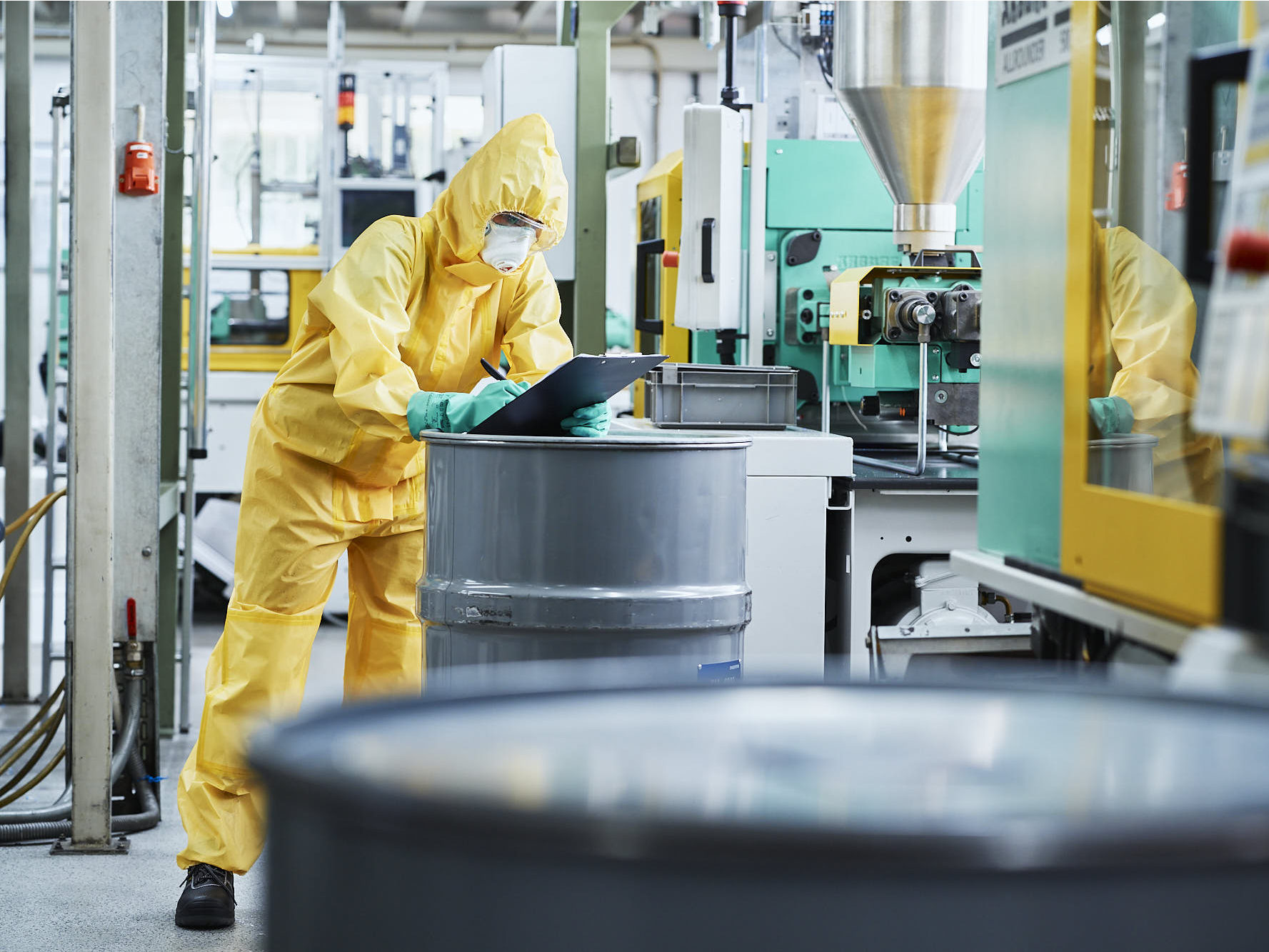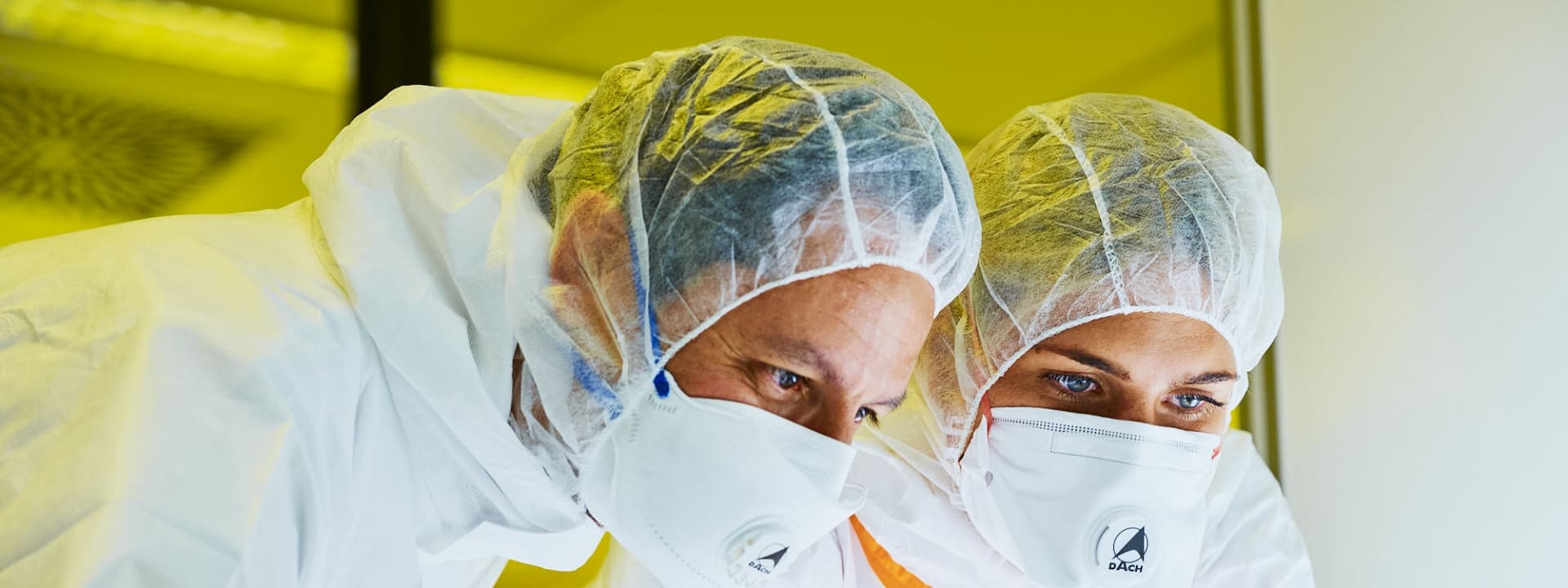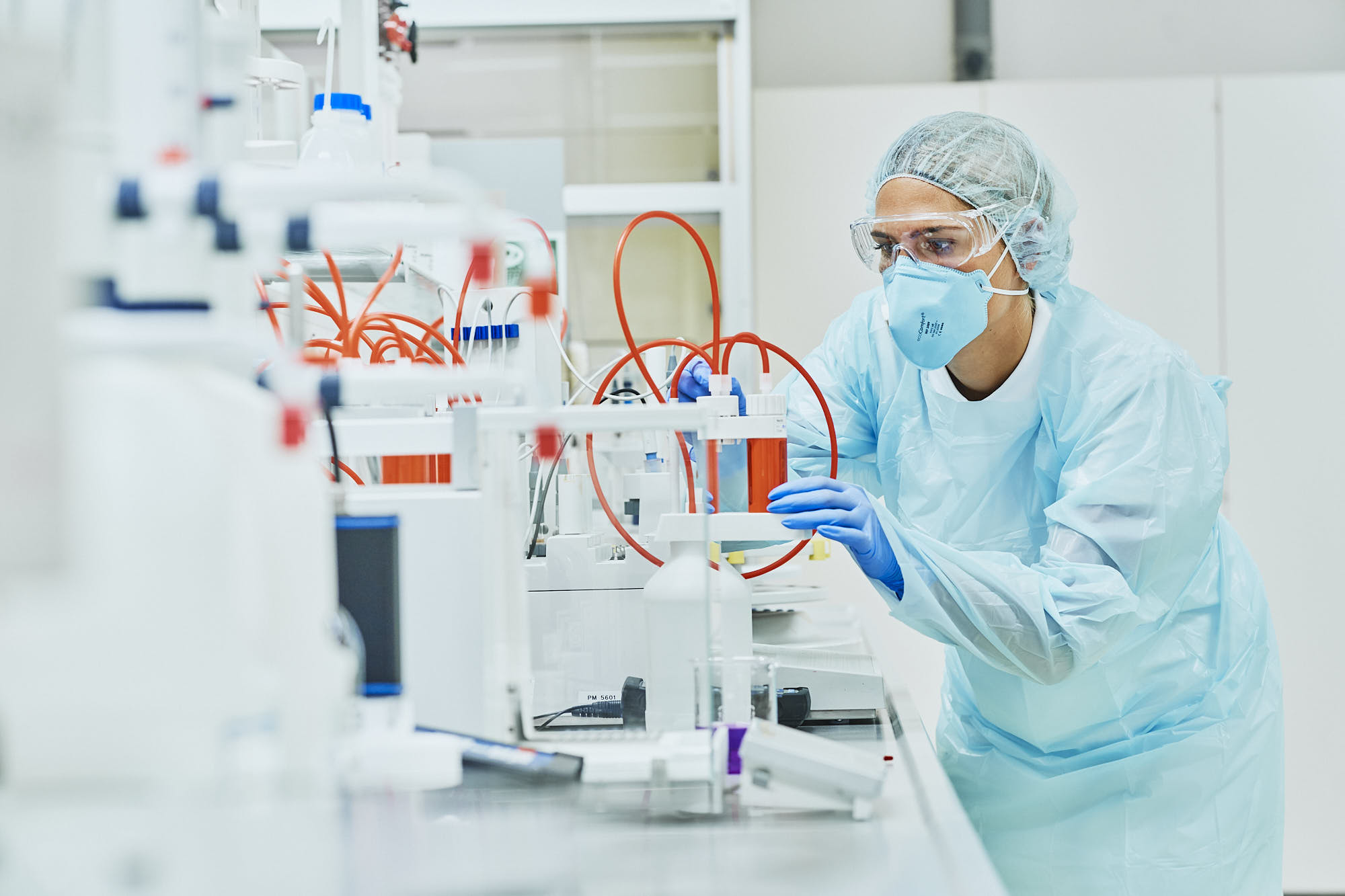Challenges and Trends in the PPE and Medical Devices Industry
- Sommeraktion
- Branches
- Clean Room
- Information
- Products
- Respirators
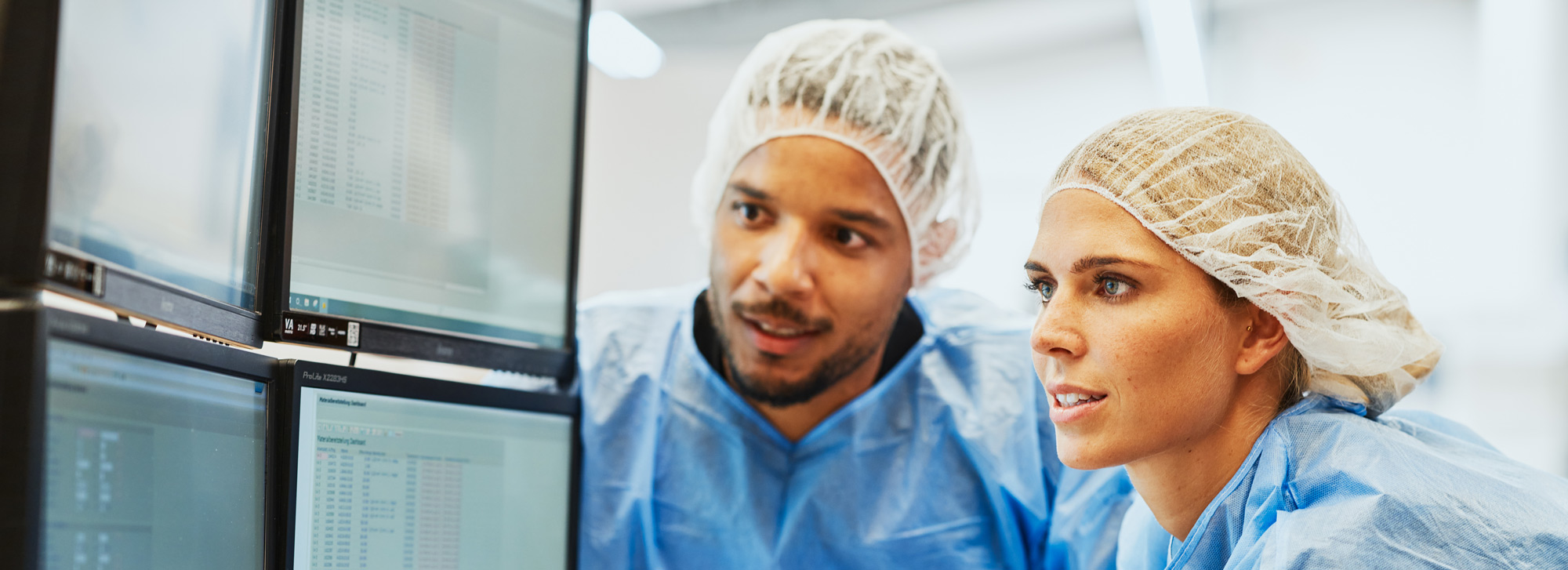
In the ever-evolving environment of personal protective equipment (PPE) and medical devices, companies like DACH Schutzbekleidung are more challenged than ever to adapt to new challenges and develop innovative solutions. The dynamics in these areas are driven by a range of factors, from regulatory requirements to technological advancements to global health crises. Below, the key trends and challenges that shape the industry today and in the future are summarized.
Sustainability and Ethical Responsibility
The need for sustainability and ethical responsibility is at the forefront. Companies must design their products and processes to be environmentally friendly and socially responsible. This includes compliance with the Supply Chain Due Diligence Act (LkSG), which regulates corporate responsibility for human rights and environmental protection in global supply chains. Sustainable supply chain management is not just a matter of compliance but also strengthens the reputation, competitiveness, and innovation of companies. This could involve selecting suppliers who demonstrably pursue sustainable practices and developing products made from recyclable or bio-based materials.
Advancement through Technology
Technological innovations, especially the integration of Artificial Intelligence (AI), are crucial for the advancement of the industry. AI can be used in various areas, from predicting supply chain risks to optimizing inventory levels to improving product quality. Additionally, technologies such as 3D printing enable the production of customized medical devices, while smart wearables open up new possibilities for monitoring and improving health. Investment in research and development is essential to benefit from technological innovations. Moreover, training employees in new technologies can enhance the implementation and use of innovations.
Regulatory Requirements and Compliance
Complying with the constantly evolving regulatory landscape remains a central challenge for companies. The EU Regulation 2017/745 on medical devices sets strict requirements for the safety and performance of medical devices and emphasizes the importance of conformity assessment procedures and the monitoring of products after they have been placed on the market. Companies must adapt to these regulations while remaining flexible to respond to future changes. To meet regulatory challenges, companies should invest in compliance management systems that allow for continuous monitoring of regulatory developments.
Adapting to Global Health Crises
The COVID-19 pandemic has shown how important it is to be prepared for unforeseen global health crises. Companies must be able to quickly ramp up production and effectively respond to increased demand for critical medical devices and PPE. This requires robust emergency plans and the ability to quickly adapt to new challenges. Diversifying the supply chain and stockpiling critical materials can also help mitigate the impact of global health crises.
Customer Expectations and Market Needs
Customer expectations and needs are constantly evolving. Companies must develop innovative products that meet current requirements, including the demand for personalized medicine and user-friendly PPE. The ability to respond flexibly to changes in the market and offer products that meet the needs of end-users, such as through regular market research and customer feedback, is crucial for success.
In summary, the personal protective equipment and medical devices industry faces a variety of challenges that require continuous innovation and adaptability. However, successfully addressing these challenges also opens up new opportunities for growth and development. Companies that are able to proactively respond to these trends and offer sustainable, technologically advanced, and customer-oriented solutions will be able to assert themselves successfully in this dynamic environment.

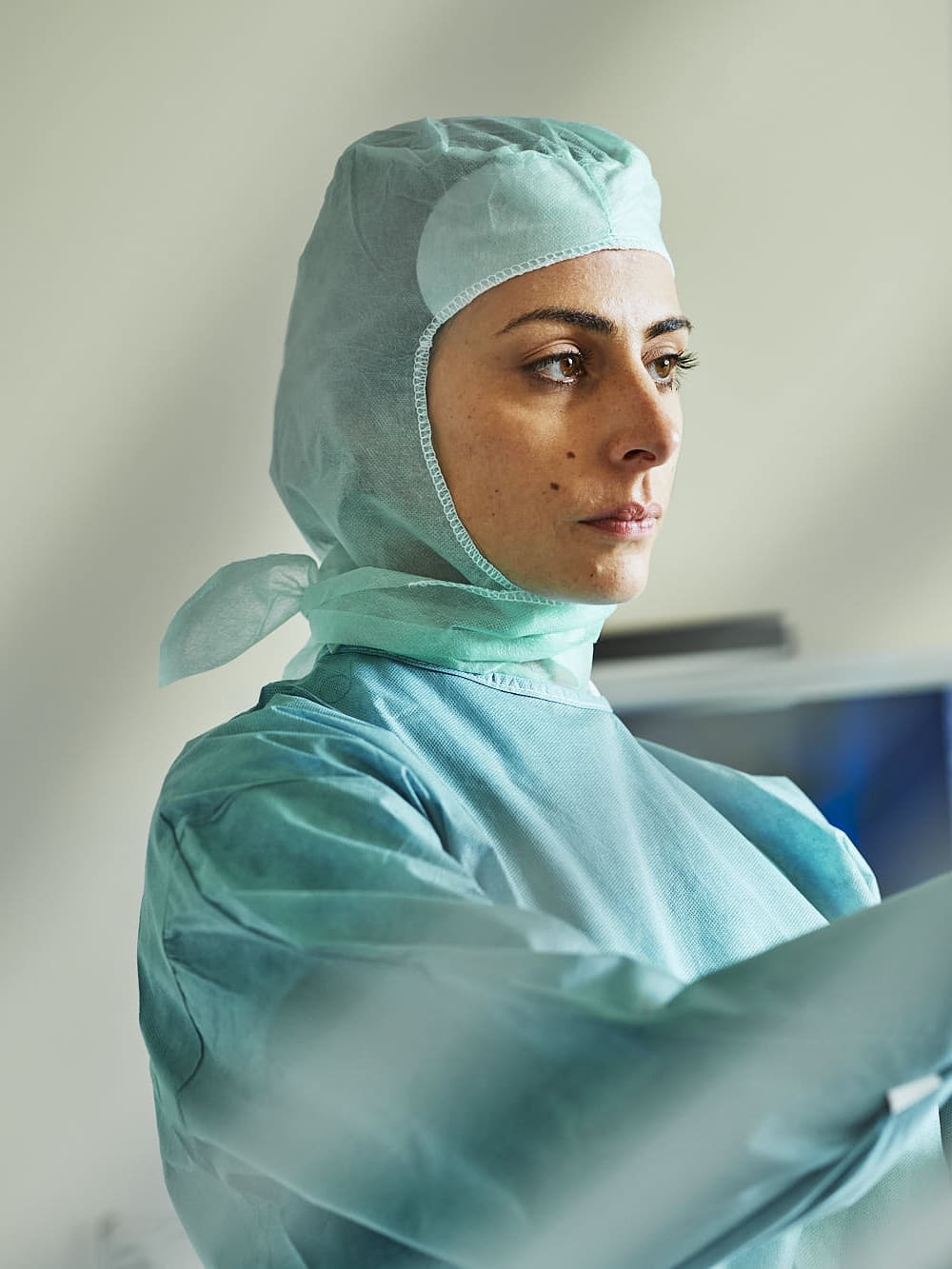
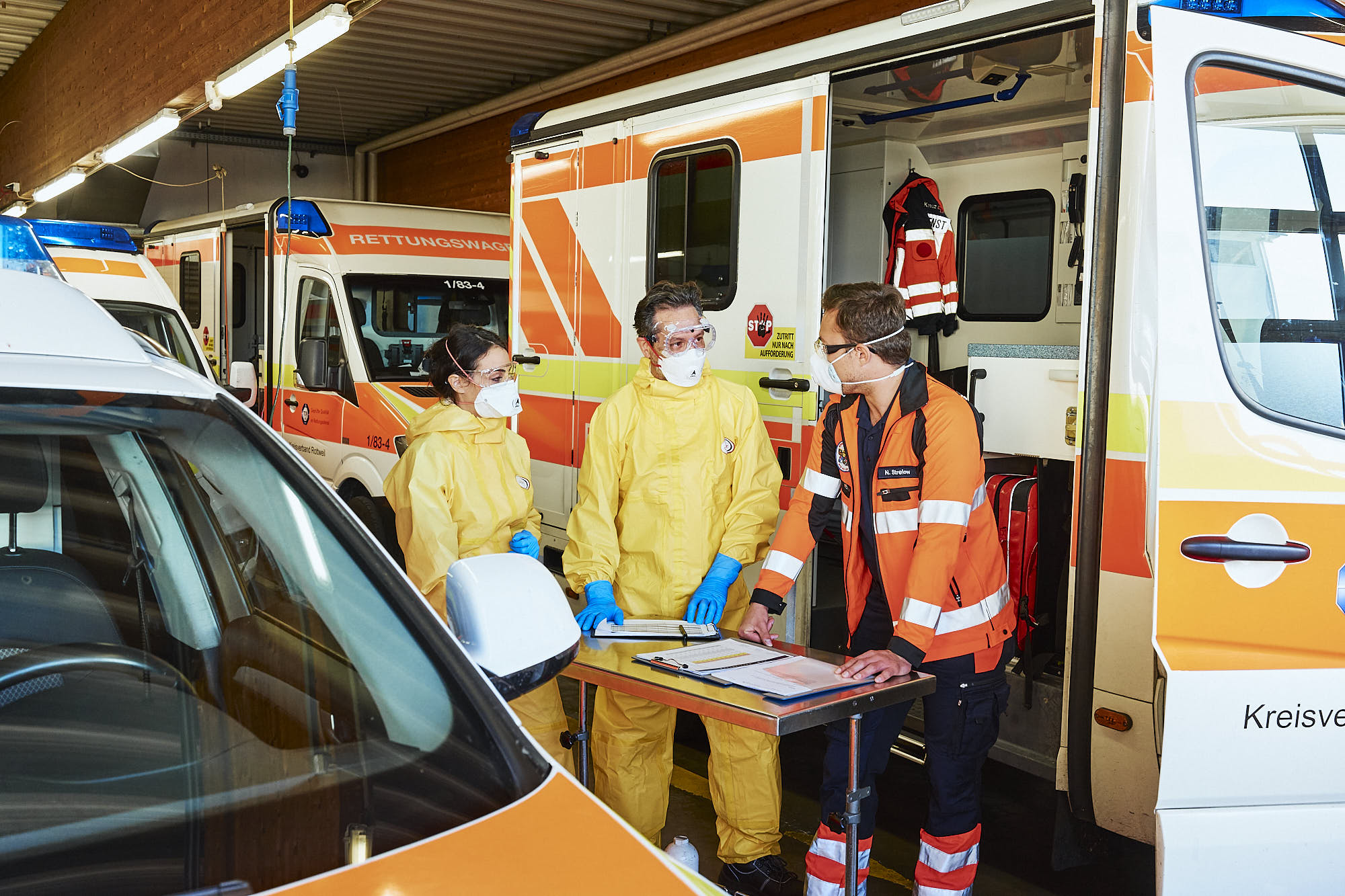
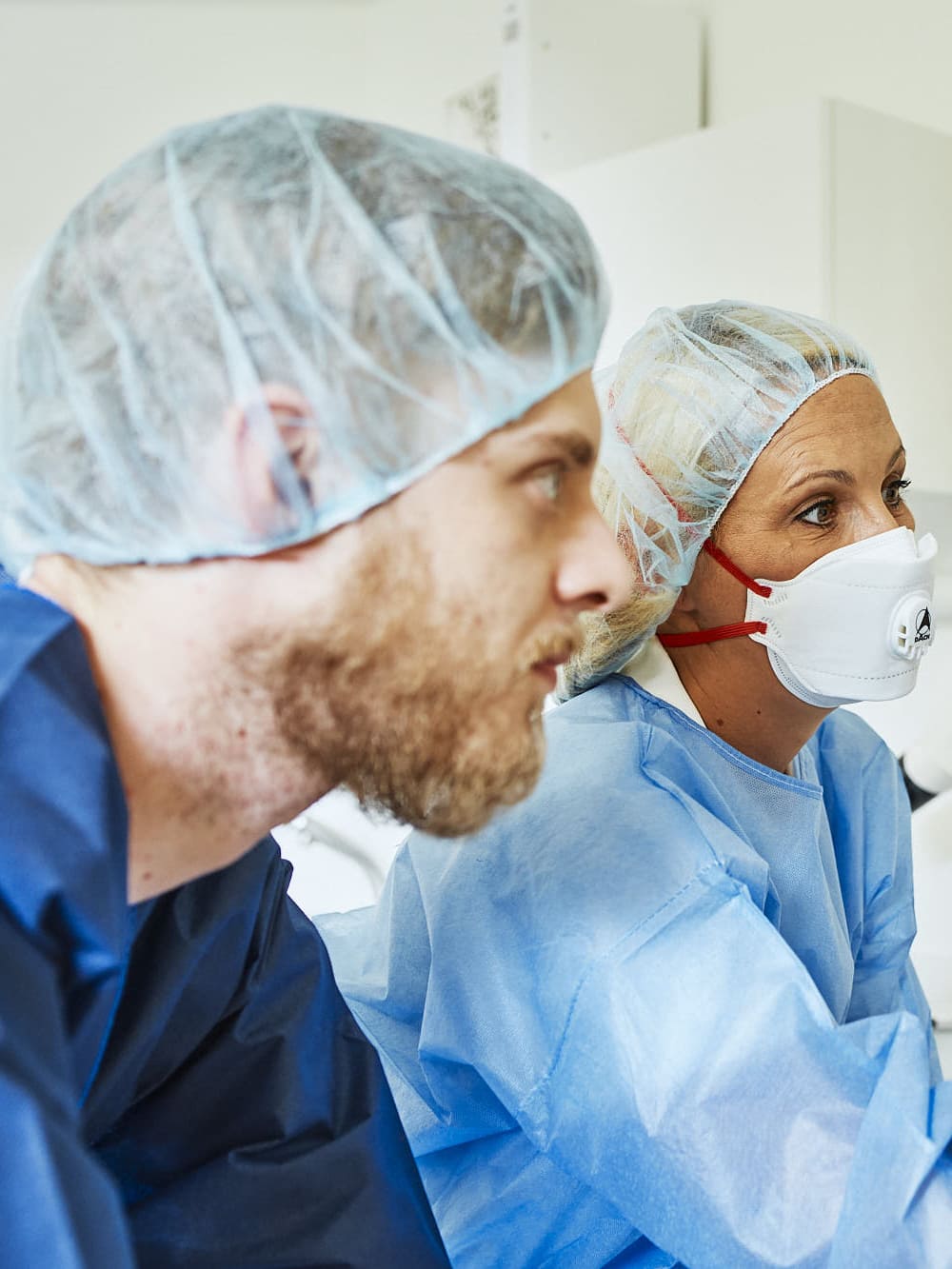
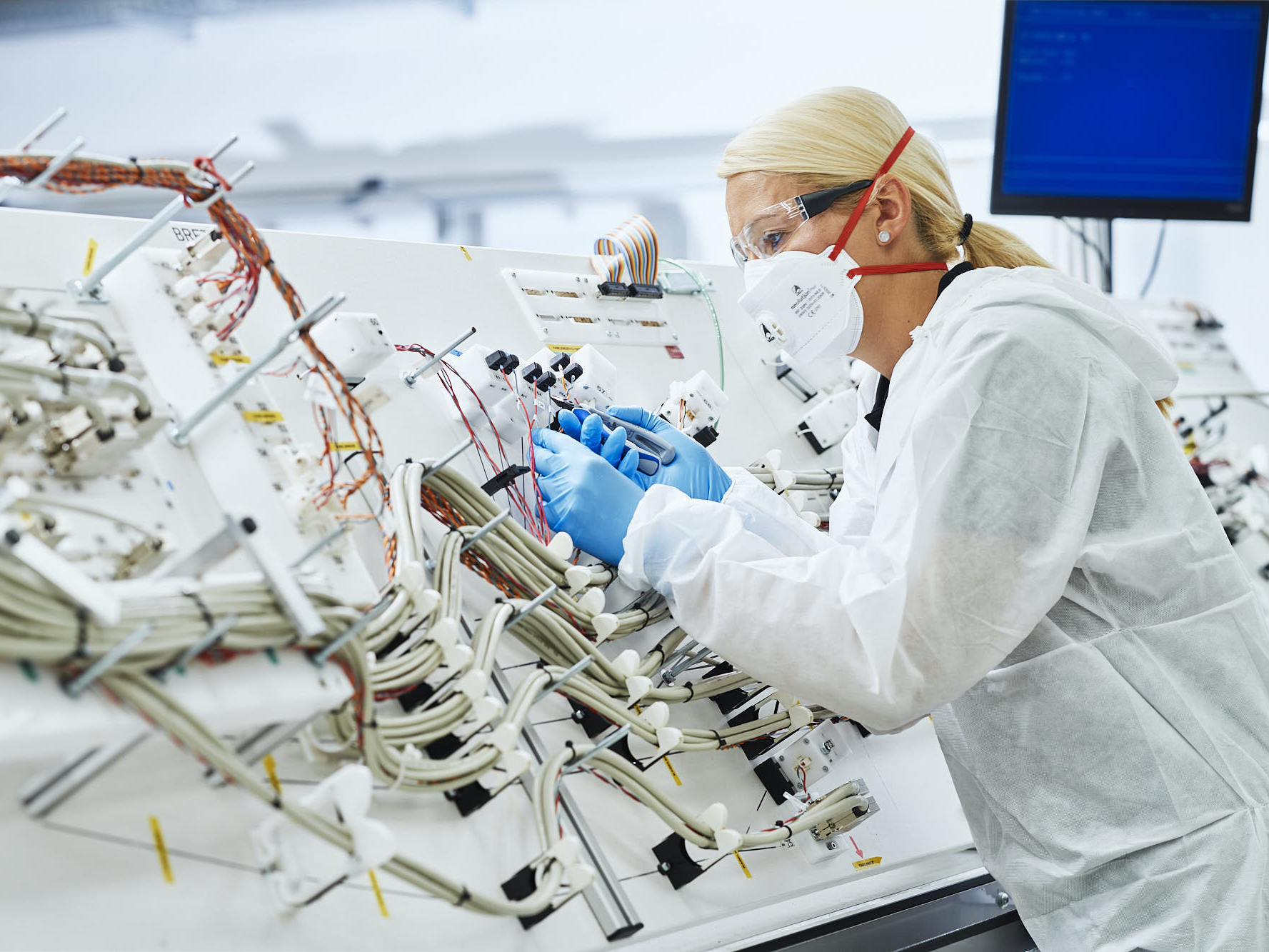
.jpg)
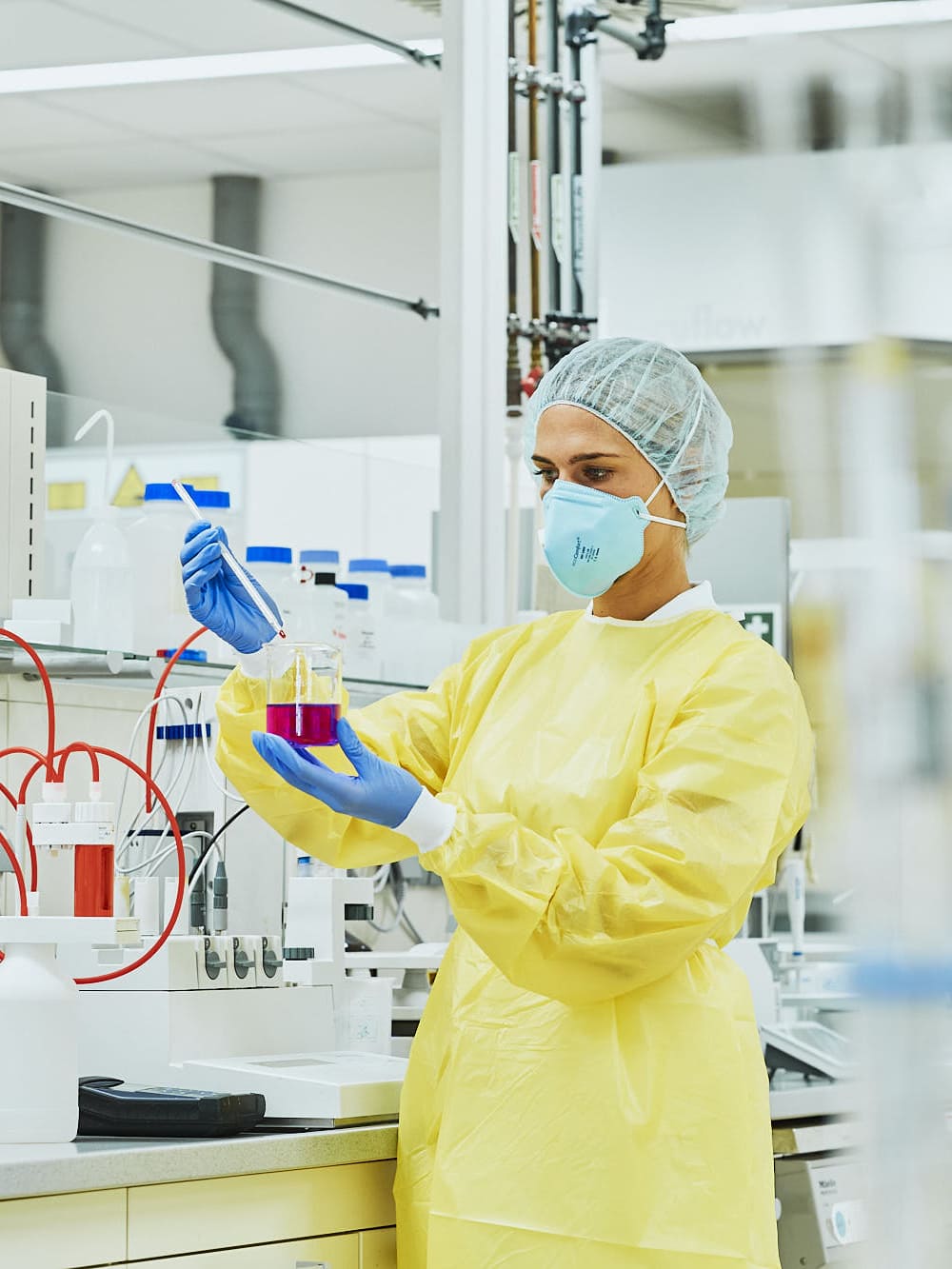
.jpg)
.jpg)
